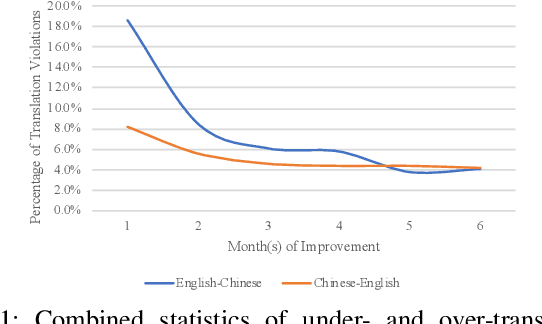Yuetang Deng
Instruction-augmented Multimodal Alignment for Image-Text and Element Matching
Apr 16, 2025Abstract:With the rapid advancement of text-to-image (T2I) generation models, assessing the semantic alignment between generated images and text descriptions has become a significant research challenge. Current methods, including those based on Visual Question Answering (VQA), still struggle with fine-grained assessments and precise quantification of image-text alignment. This paper presents an improved evaluation method named Instruction-augmented Multimodal Alignment for Image-Text and Element Matching (iMatch), which evaluates image-text semantic alignment by fine-tuning multimodal large language models. We introduce four innovative augmentation strategies: First, the QAlign strategy creates a precise probabilistic mapping to convert discrete scores from multimodal large language models into continuous matching scores. Second, a validation set augmentation strategy uses pseudo-labels from model predictions to expand training data, boosting the model's generalization performance. Third, an element augmentation strategy integrates element category labels to refine the model's understanding of image-text matching. Fourth, an image augmentation strategy employs techniques like random lighting to increase the model's robustness. Additionally, we propose prompt type augmentation and score perturbation strategies to further enhance the accuracy of element assessments. Our experimental results show that the iMatch method significantly surpasses existing methods, confirming its effectiveness and practical value. Furthermore, our iMatch won first place in the CVPR NTIRE 2025 Text to Image Generation Model Quality Assessment - Track 1 Image-Text Alignment.
Testing Untestable Neural Machine Translation: An Industrial Case
Oct 03, 2018


Abstract:Neural Machine Translation (NMT) has been widely adopted recently due to its advantages compared with the traditional Statistical Machine Translation (SMT). However, an NMT system still often produces translation failures due to the complexity of natural language and sophistication in designing neural networks. While in-house black-box system testing based on reference translations (i.e., examples of valid translations) has been a common practice for NMT quality assurance, an increasingly critical industrial practice, named in-vivo testing, exposes unseen types or instances of translation failures when real users are using a deployed industrial NMT system. To fill the gap of lacking test oracle for in-vivo testing of an NMT system, in this paper, we propose a new approach for automatically identifying translation failures, without requiring reference translations for a translation task; our approach can directly serve as a test oracle for in-vivo testing. Our approach focuses on properties of natural language translation that can be checked systematically and uses information from both the test inputs (i.e., the texts to be translated) and the test outputs (i.e., the translations under inspection) of the NMT system. Our evaluation conducted on real-world datasets shows that our approach can effectively detect targeted property violations as translation failures. Our experiences on deploying our approach in both production and development environments of WeChat (a messenger app with over one billion monthly active users) demonstrate high effectiveness of our approach along with high industry impact.
 Add to Chrome
Add to Chrome Add to Firefox
Add to Firefox Add to Edge
Add to Edge